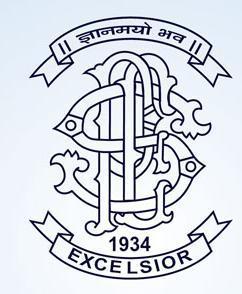“Affection cannot be manufactured or regulated by the law. If one has no affection for a person, one should be free to give the fullest expression to his disaffection, so long as he does not contemplate, promote or incite to violence”.2
Introduction
India being a democratic country runs by representatives elected by the people. Every citizen has a right to put forth his opinions, ideas, and grievances relating to governance of the Country. Therefore, among the several fundamental rights, the most powerful one is the right to free speech and expression. However, this right has been curbed by the sedition laws of the country. The recent
increase in instances of invoking sedition laws against human rights activists, journalists and public intellectuals in the country have raised important questions on the undemocratic nature of these laws, which were introduced by the British colonial government. Arrest of various persons under Section 124A IPC have leads to widespread public criticism and has raised serious questions about the validity of this provision in a modern constitutional democracy.
Sedition is an offence incorporated into the Indian Penal Code which government have found handy to silence or discipline critics. This nineteenth century law has been retained by the democratic government in free India. Not only that, it has perhaps been used more often after 1947 than the colonial government did during the 77 years of its presence in the Penal Code. Sedition was not a part of the original Indian Penal Code enacted in 1860 and was introduced in 1870.
This research paper dealt with the law relating to sedition in the country, its origin, pre-independence and post-independence scenario, recent cases of use of this provisions under section 124-A of IPC which is inherently contrary to the fundamental right under Article 19(1)(a) of Constitution.



